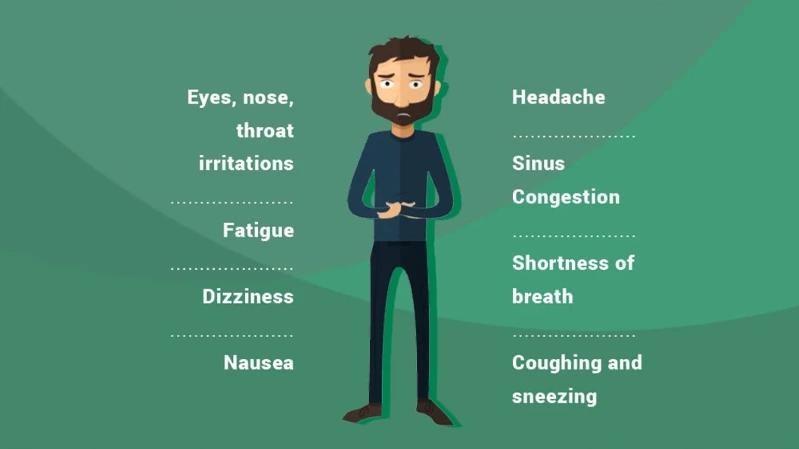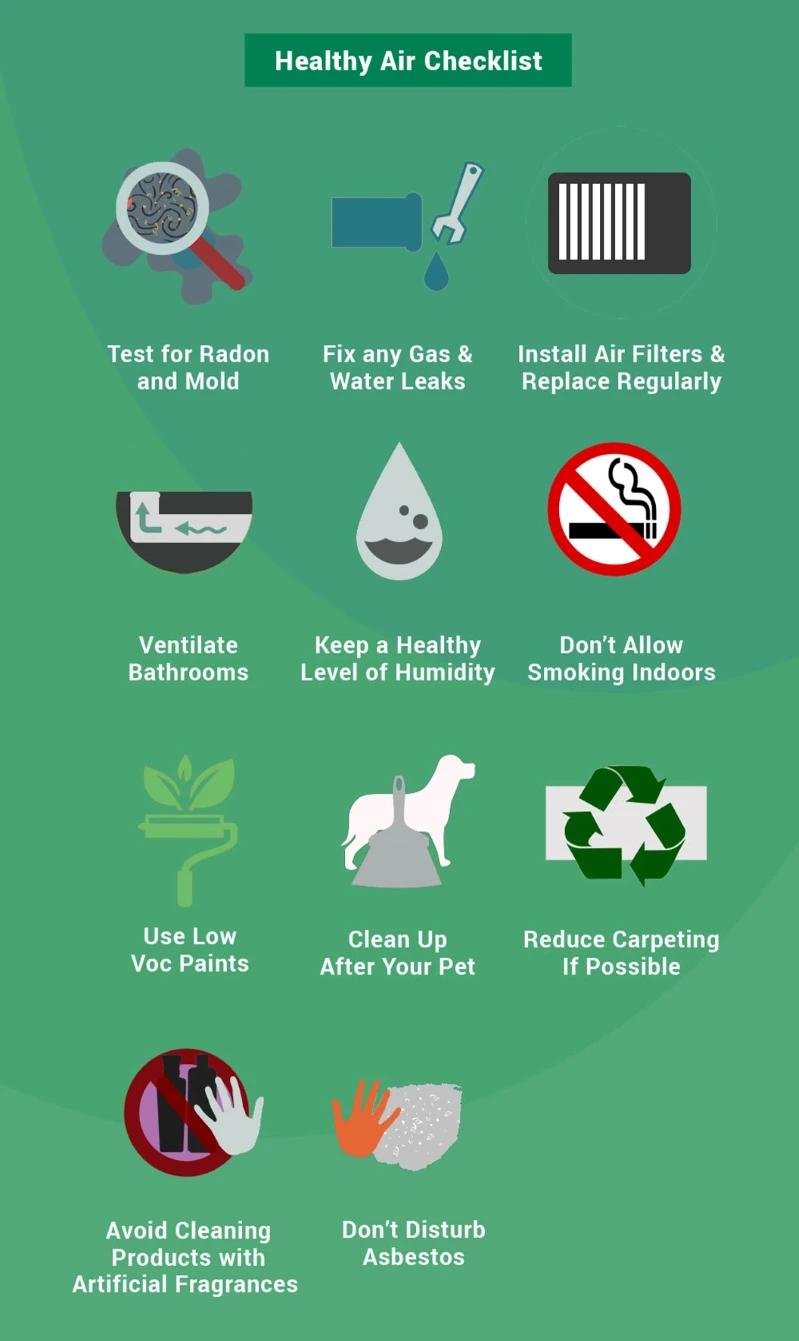Shop by

With indoor air pollution causing nearly 8% of worldwide mortalities in 2012, you’d think we’d be doing more to reduce it. Its not surprising that its so dangerous, either. Consider this - every human breathes in 3,000 gallons of air per day. Because 90% of our time is spent indoors, most of that air is consumed in our home or at work. Because of the confined space and the amount of pollutants making it into your home, your indoor air can be 2-5x more polluted than the outdoor air!
While we’re making strides as a group – but more education and action needs to be done. Read on to blow the dust of the need-to-know facts about indoor air pollution
Indoor air pollution is a combination of outdoor air pollutants making their way indoors, and pollutants that are likely to come from residential sources. Studies show 25% of outdoor pollution gets indoors – that includes pollen, smoke, and mold.
Indoor air pollution can be caused by toxic products, inadequate ventilation, high temperatures, humidity and other many other factors. Below is a list of major indoor air pollutants you can find at your home -
Poor indoor air quality takes an immediate toll on your body by causing eyes, nose and throat irritations, headache, fatigue, dizziness, and nausea.
Indoor air pollution can also increase sinus congestion, cause coughing and sneezing and may lead to shortness of breath.

While there are several sources of indoor air pollution, being vigilant and cautious in terms of home maintenance goes a long way to keeping you air clean. Below are ways you can improve indoor air quality:
Regular DIY and professional testing can let you know what specific issues you need to address.
The ideal target here is 30 to 50 percent. Humidity levels that are too high will encourage the growth of mold, mildew and other biological air pollutants.
Specialty humidifiers and dehumidifiers can help regulate levels. Additionally, keep a constant eye out for leaks and fix them as soon as possible. Finally, make sure bathrooms are adequately vented – these room accrue quite a bit of moisture, and its critical that moisture has a place to go, rather than getting trapped in the home.
Your air filters trap several sources of indoor and outdoor air pollution, keeping them from circulating in your home and breaking your furnace or AC. If you can’t remember the last time you changed yours, here are some tips to get you started on a better replacement process:
VOCs (volatile organic compounds) are emitted as gases from certain solids or liquids, in cases where they are used or just being stored in your home. Thus, its critical to buy products specifically with low VOC levels, especially if you are planning to store larger quantities of it for future projects. Below are lists of common household items where you should buy a low VOC version:
Those who live in older homes should avoid damaging or disturbing items like floor tiles, ceiling tiles, roofing, siding and insulation without an asbestos test conducted. Asbestos lives in these materials and becomes dangerous once airborne. If found, have a professional handle the removal of the items.
